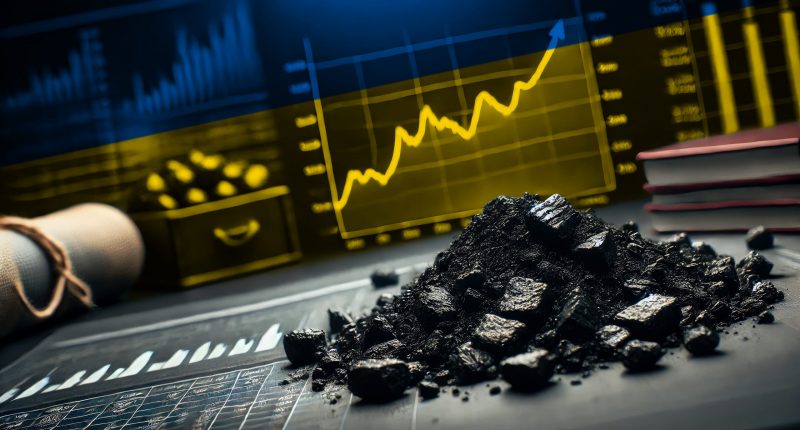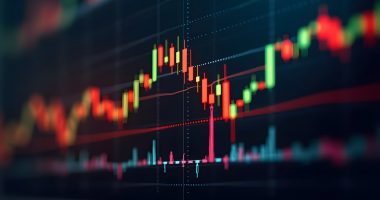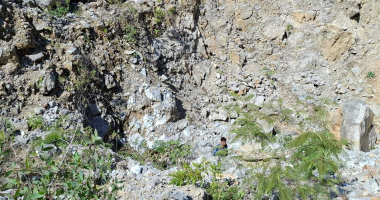Four years on from Russia’s invasion of Ukraine in 2022, most discussions about the war’s impact on commodities focus on intense price rises and disruptions that have been witnessed among agricultural commodities and crude oil.
In the wake of the invasion, uncertainty and tension saw the latter push up to a price of $120 per barrel, and this period was followed by a spate of sanctions against Russia – chiefly targeting oil, gas and coal – from the United States, Canada, the European Union and other Western entities.
(This tendency has continued too, with the EU this week signing off on its 16th sanction package, which includes bans on the provision of services and technology that could facilitate completion of Russian LNG or crude oil products.)
In a general sense, the war prompted conversations about the need for countries to ensure their supply chains are both strong and diversified.
This is then augmented by the headwinds from recent U.S. tariff policies.
A bounty for the taking? Trump thinks so!
But Donald Trump’s recent interventions in international diplomacy concerning the war have introduced another topic into the chat: Ukraine’s richness in critical minerals, which the U.S. President wants to get his hands on.
The idea echoes early pronouncements from Trump that the States could acquire Greenland, an autonomous territory in the kingdom of Denmark rich in uranium, rare earth minerals, and iron ore.
After that, he moved his sights to the benefits that could be yielded from Ukraine in return for U.S. military aid. Initially, Ukrainian President Volodymyr Zelenskyy rejected a proposal that would have handed over half of the country’s critical mineral assets to the United States.
But after meetings which began over the weekend, it appears that Ukraine’s leaders have agreed to a deal which would enable the joint development of the country’s assets in return for strengthened relations with, and military support from, the United States.
According to media reports, the deal is set to be formalised on Friday, with Zelenskyy planning to fly to Washington for this purpose.
Not just a breadbasket
For much of its history, Ukraine was known for its contribution to agriculture: Unsurprisingly, given it accounts for a third of the globe’s most fertile land, with wheat, maize, and sunflower oil being some of its main exports in this sector.
But the country also holds 5% of the world’s mineral resources, including 20,000 deposits of 116 different types, of which only 15% (or 3,055) were active. Of the active deposits, 147 were metallic; 4,676 non-metallic.
More specifically, Ukraine has been noted for its supply of rare earth metals, titanium, lithium, beryllium, manganese, gallium, uranium, zirconium, graphite, apatite, fluorite, and nickel.
Titanium – a metal essential for the aerospace, medical, automotive and marine industries – is a particularly attractive commodity for the U.S., and Ukraine holds the world’s largest reserves and was a key supplier to the military sector before the invasion began.
Alongside this is lithium – a commodity whose fortune has fluctuated in recent years, as oversupply in China led to a price plunge, although this is a situation expected to correct itself in the next year or so, as supply wanes again.
Ukraine is home to one of Europe’s biggest confirmed reserves of the metal (at an estimate of 500,000 tonnes), including the Shevchenkivske field and the Kruta Balka block.
Since these are in regions close to the conflict – Donetsk and Zaporizhzhia respectively – their exploitation has not been possible for several years.
The country is also the fifth largest producer of gallium – an increasingly sought-after metal, whose price rose significantly last December due to Chinese export restrictions – in addition to supplying 90% of neon gas which is essential to the U.S. chip industry.
As nations vie to secure the materials critical for the ‘electrification of the globe’ and clean energy transition, Trump’s intentions in Eastern Europe may be ethically questionable, but not surprising.
Join the discussion: See what’s trending right now on Australia’s largest stock forum and be part of the conversations that move the markets.
The material provided in this article is for information only and should not be treated as investment advice. Viewers are encouraged to conduct their own research and consult with a certified financial advisor before making any investment decisions. For full disclaimer information, please click here.








